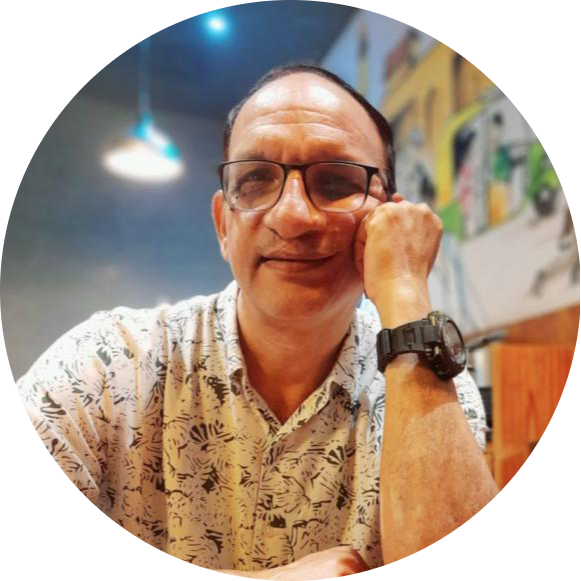Based on my experience of using AI tools daily — for work, writing, and learning — I’ve realized one thing: the real power of AI is not in answering questions, but in how we ask them.
That’s why Ruben Hassid’s recent post, “Search. – How to AI,” caught my attention. And honestly, the results of his experiment were surprising — even to someone who’s been exploring AI for a while.
He shows that AI search is no longer about typing queries into Google or ChatGPT. It’s about structuring prompts that guide AI to think, verify, and synthesize like a human researcher.
Some of the examples he shares are brilliant:
1. Building a verified public profile of any expert (with sources).
2. Finding the most cited papers or credible YouTube tutorials — with reasons why they’re valuable.
3. Extracting customer pain points from Reddit.
4. Estimating market sizes (TAM/SAM/SOM) with clear assumptions and sources.
5. Even creating customized travel itineraries based on real constraints and data.
Reading it made me realize something:
“AI search” is becoming a new literacy — a mix of research skills, prompt design, and analytical thinking.
The surprising part isn’t what AI can find.
It’s how we can make it find better things when we learn to think like a researcher, not just a searcher.
If you’re serious about mastering this new kind of AI-assisted thinking, I strongly recommend reading Ruben’s post: 👉 https://ruben.substack.com/p/search







